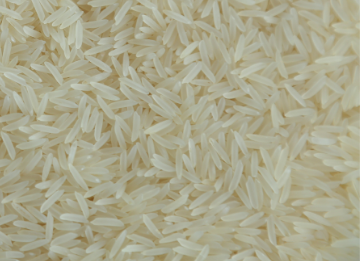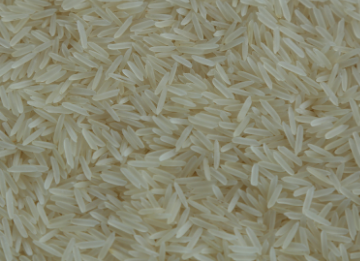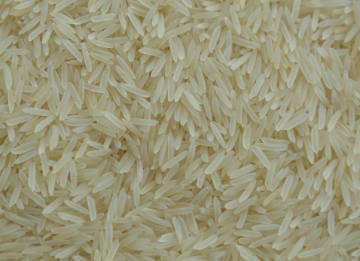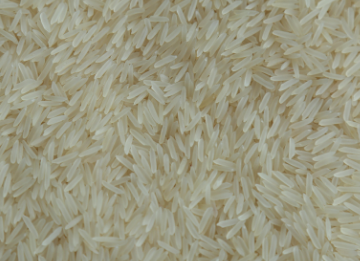About Basmati Rice
Basmati is one of the unique specialty rice varieties, which has been cultivated for centuries at the foot of Himalayan mountain ranges. The name ‘Basmati’ is likely to have originated from the Sanskrit word, bas from ‘vasay’ connoting aroma; and mati from mayup meaning ingrained from the beginning.
Basmati rice has a harmonious combination of defined kernel dimensions, appealing aroma, fluffy texture of cooked rice, high volume expansion during cooking, linear kernel elongation with minimum breadth-wise swelling, palatability, easy digestibility and longer shelf-life (Singh et al. 1988). In India, Basmati rice is primarily grown in the Indo-Gangetic region of north-western region comprising the seven states Punjab, Haryana, Himachal Pradesh, Uttarakhand, Jammu and Kathua districts of Jammu and Kashmir, and 27 districts of western Uttar Pradesh.
India is the largest cultivator and exporter of Basmati rice, followed by Pakistan. Basmati rice from the Indian subcontinent is highly prized in the international market for its unique grain, cooking and eating quality.

Traditional Basmati Rice

1121 Basmati Rice

Pusa Basmati Rice

